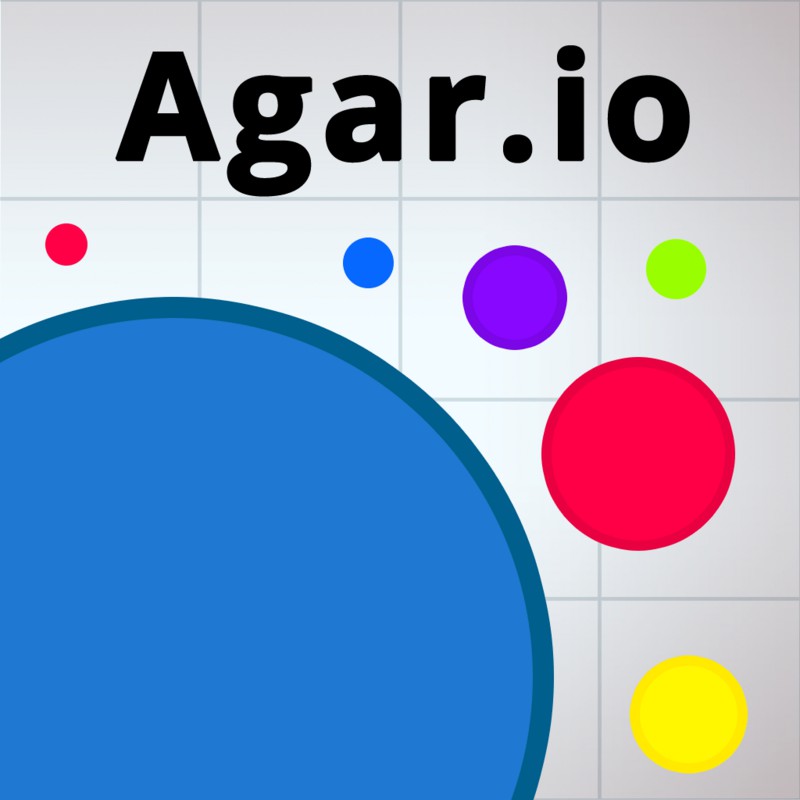Agar.io: A Revolutionary Browser Game That Redefined Multiplayer Interaction
Agar.io, launched in April 2015 by Brazilian developer Matheus Valadares, quickly became one of the most popular browser-based games in the world. The game’s simple premise and addictive gameplay captivated millions of players, making it a global phenomenon almost overnight. At its core, Agar.io is a massively multiplayer online game that pits players against each other in a petri dish-like environment, where they control a cell. The goal is deceptively simple: consume other smaller cells to grow larger while avoiding being consumed by larger cells. The player who controls the largest cell at the end of the game wins, and with every size increase, the player’s cell moves slower, introducing a dynamic balance between risk and reward. However, the game’s genius lies in its simplicity and its ability to encourage competitive play while fostering a surprising amount of strategic depth. Players must constantly make decisions regarding when to consume smaller cells, when to split their own cell for quicker movement, and when to risk aggressive tactics to eliminate opponents.

The straightforward controls and minimalist design made the game instantly accessible, appealing to a wide range of players. Agar.io doesn’t require an elaborate tutorial or steep learning curve to understand; even players who have never played an online game before can jump in and immediately grasp the basic mechanics. The game is played from a top-down perspective, and players control a cell represented by a circle. The cell’s size increases by absorbing smaller cells, which can include other players or stationary food pellets scattered across the map. The mechanics of Agar.io are deceptively simple: players use their mouse to move their cell around the screen and left-click to split the cell into two smaller pieces. This ability to split cells allows for both offensive and defensive strategies. When players split, they gain the ability to move faster and potentially outpace enemies, but it also makes them vulnerable, as each smaller piece becomes easier to be consumed by other players. This creates a tense risk-reward scenario that lies at the heart of Agar.io’s gameplay loop, encouraging players to make strategic decisions based on the current state of the game. It’s this combination of simplicity and deep strategy that has made Agar.io so enduring. As a browser game, it also eliminated the need for powerful hardware or expensive game consoles, allowing anyone with an internet connection to participate.

Beyond its addictive gameplay mechanics, Agar.io became a viral success because of its social nature. The game is multiplayer, meaning that players are constantly competing against others in real-time. One of the key features that contributed to its popularity was the ability for players to create or join public servers, where they could compete against a large number of people simultaneously. This level of interaction created a dynamic experience that varied with every game. Players could choose to cooperate with others temporarily by forming alliances, or they could engage in a cutthroat free-for-all where everyone was out for themselves. These shifting dynamics meant that no two games were ever the same, which contributed to the game’s replayability. Additionally, the game offered a level of customization by allowing players to give their cells a unique name or select a skin, adding a personal touch that further connected players to the experience. Over time, many players created online communities, fan groups, and social platforms centered around the game, encouraging even greater engagement. This social aspect was crucial to Agar.io's rise to prominence, as it fostered an environment of competitive play, camaraderie, and the constant push to climb higher on the leaderboard. Whether playing with friends or strangers, the sense of competition and the goal of becoming the largest cell in the arena created a thrill that was difficult to replicate in other online multiplayer experiences.


